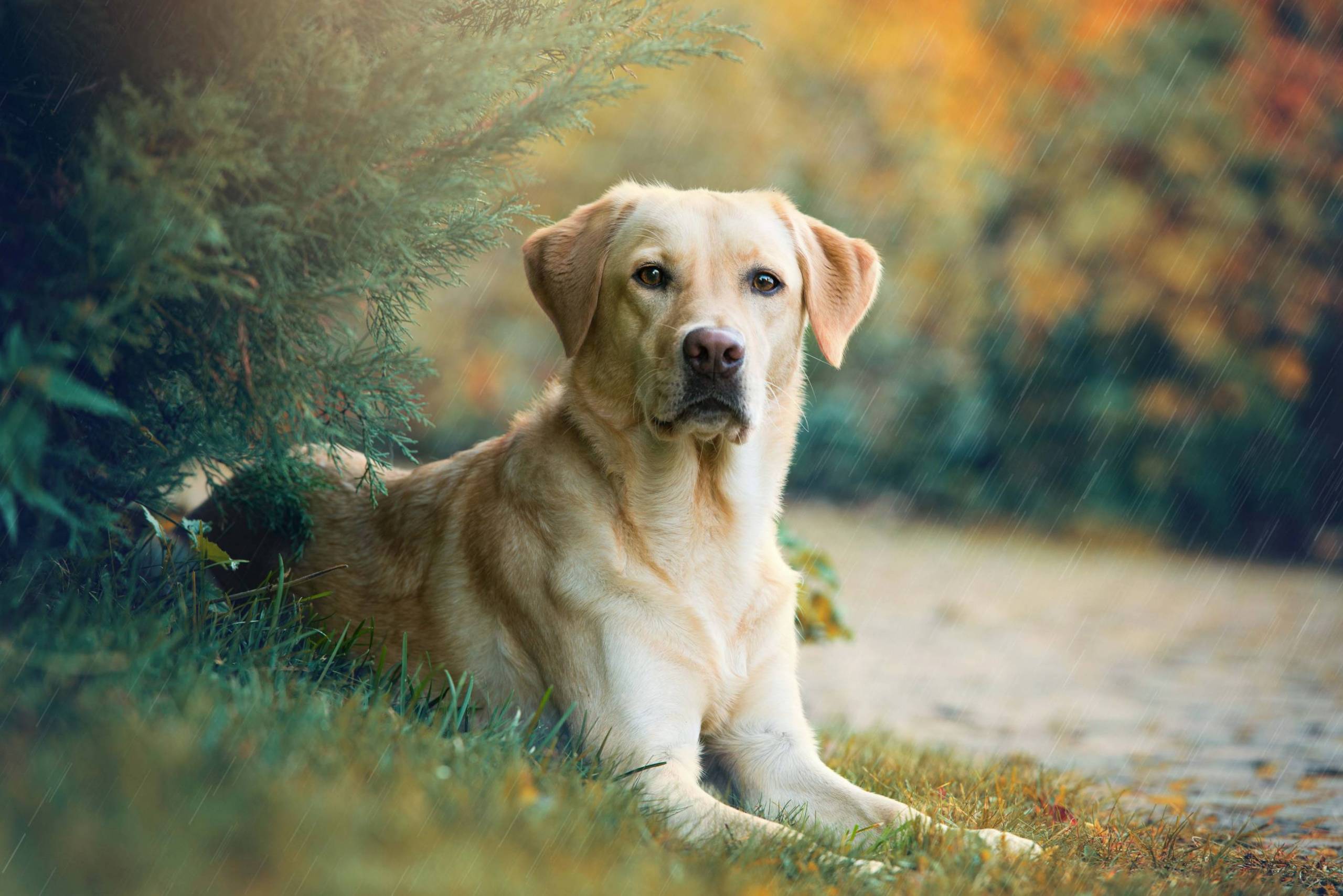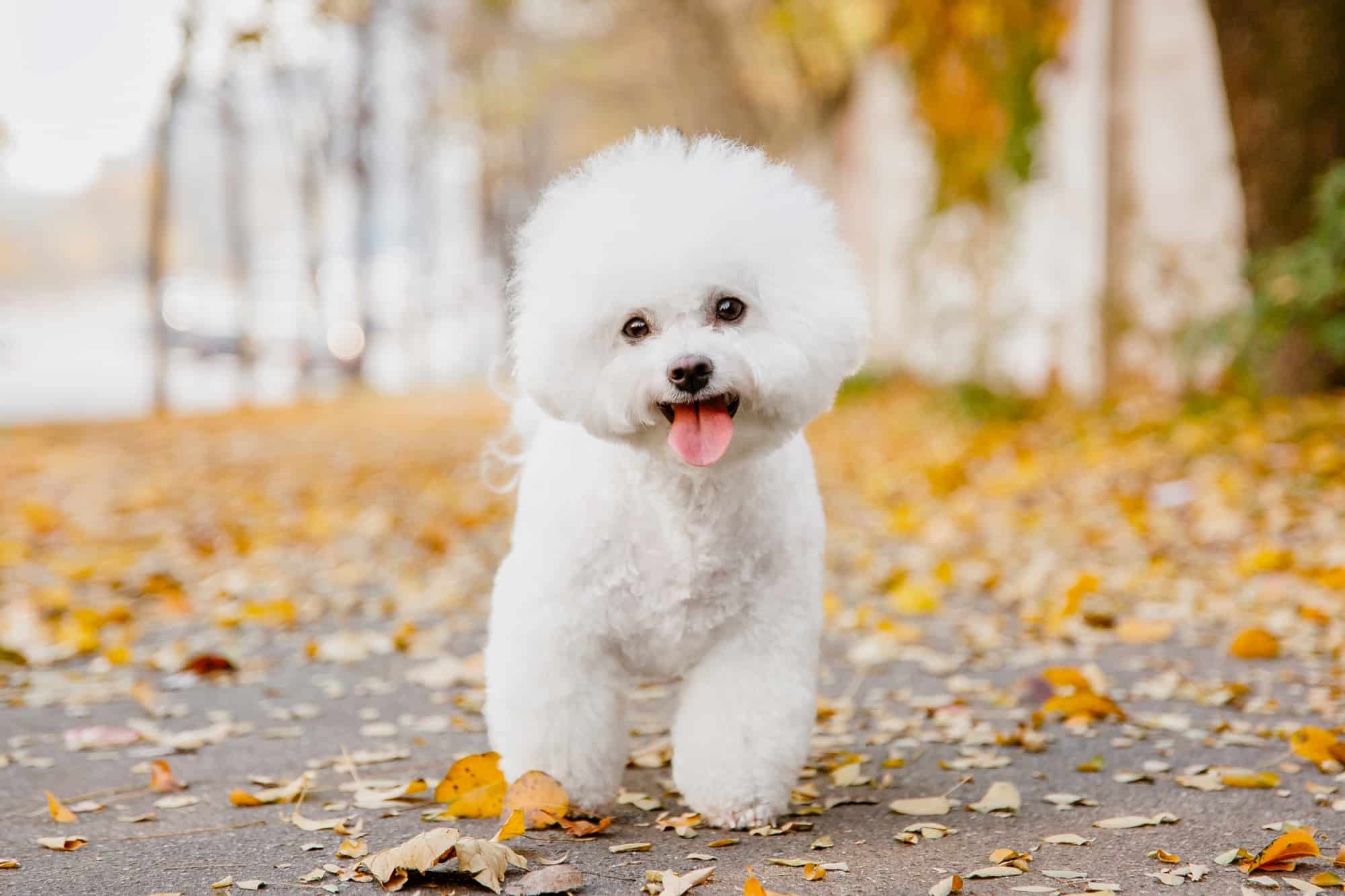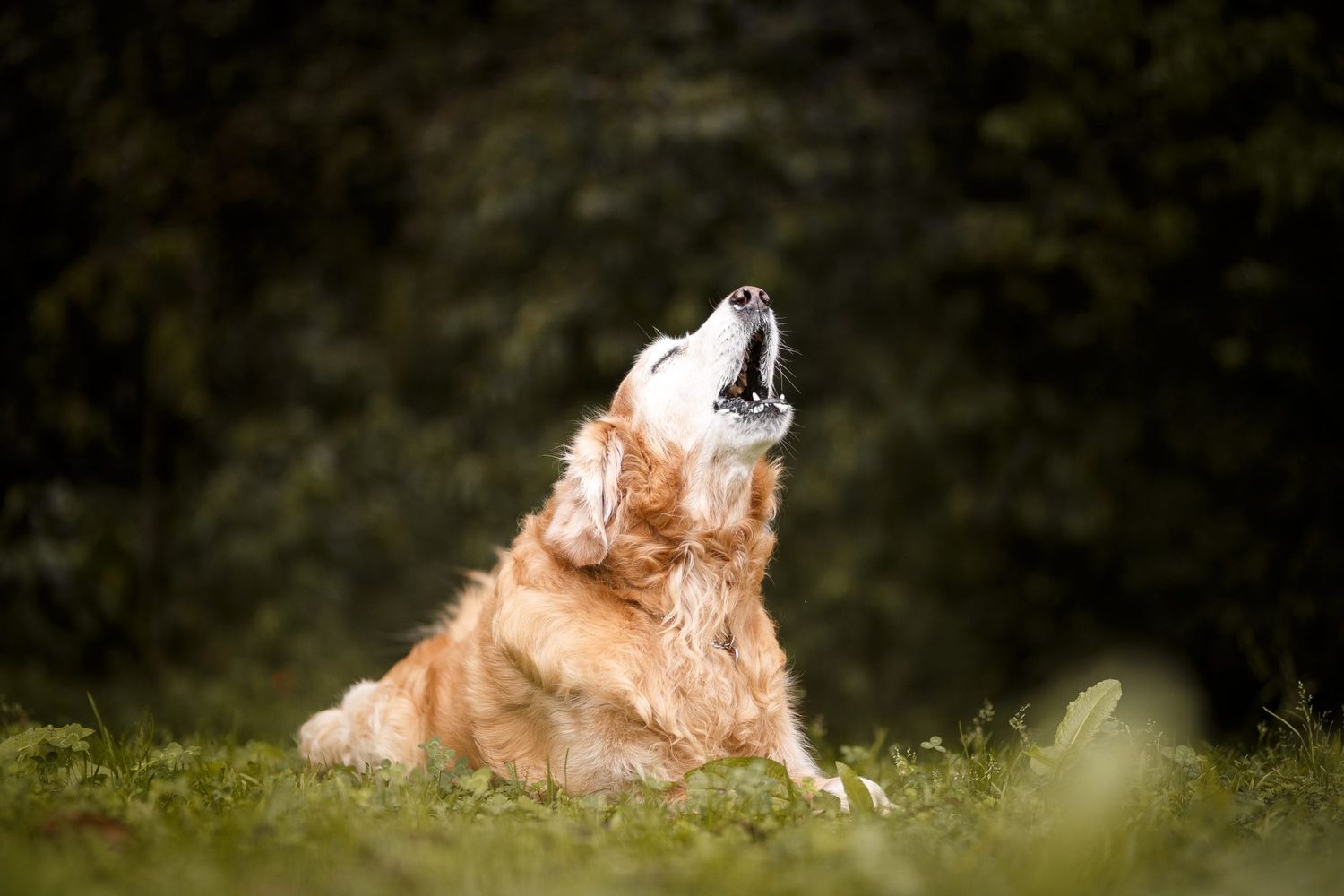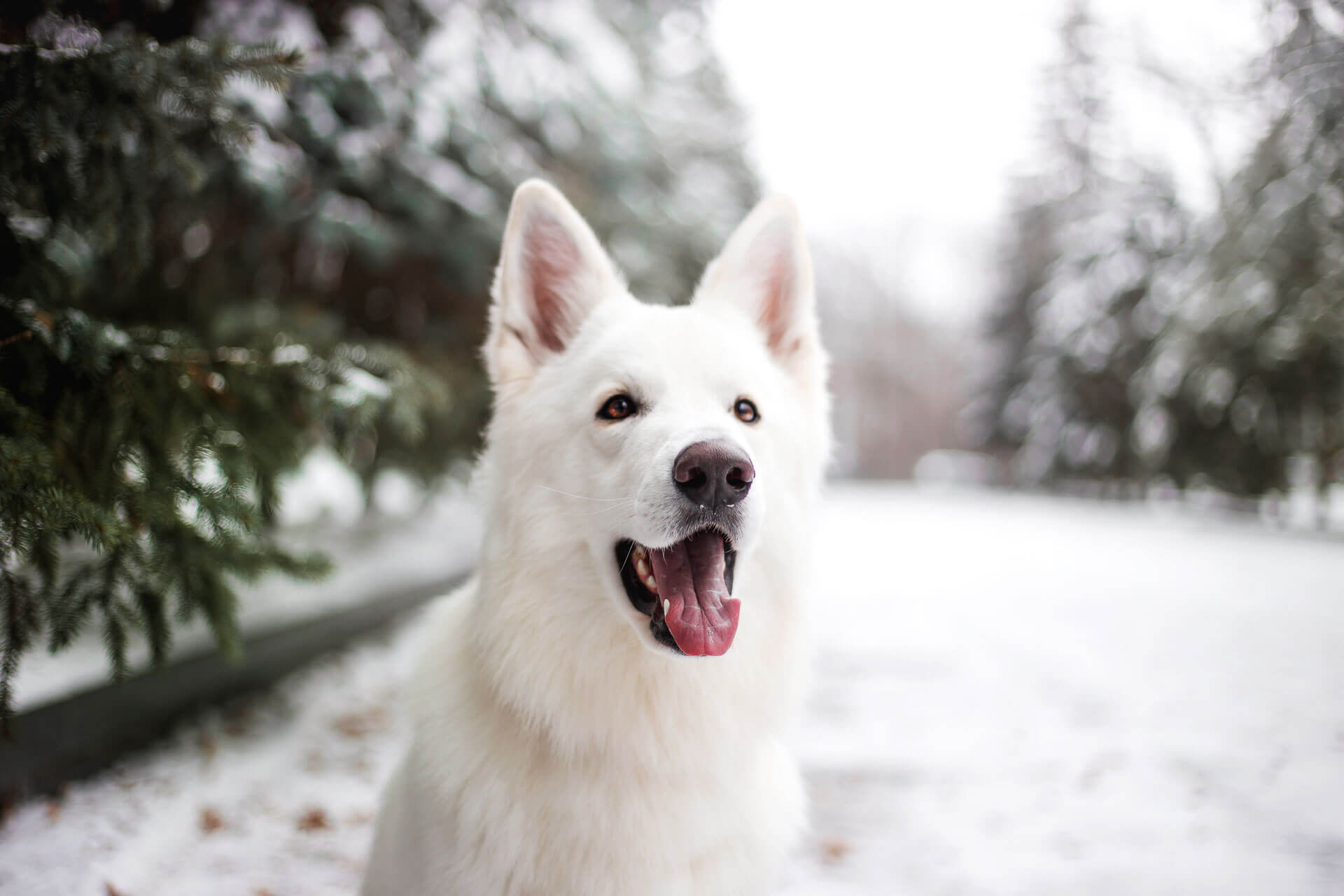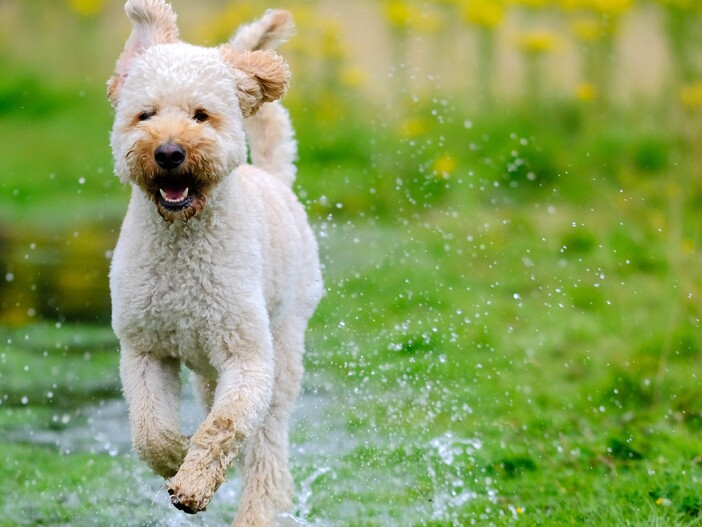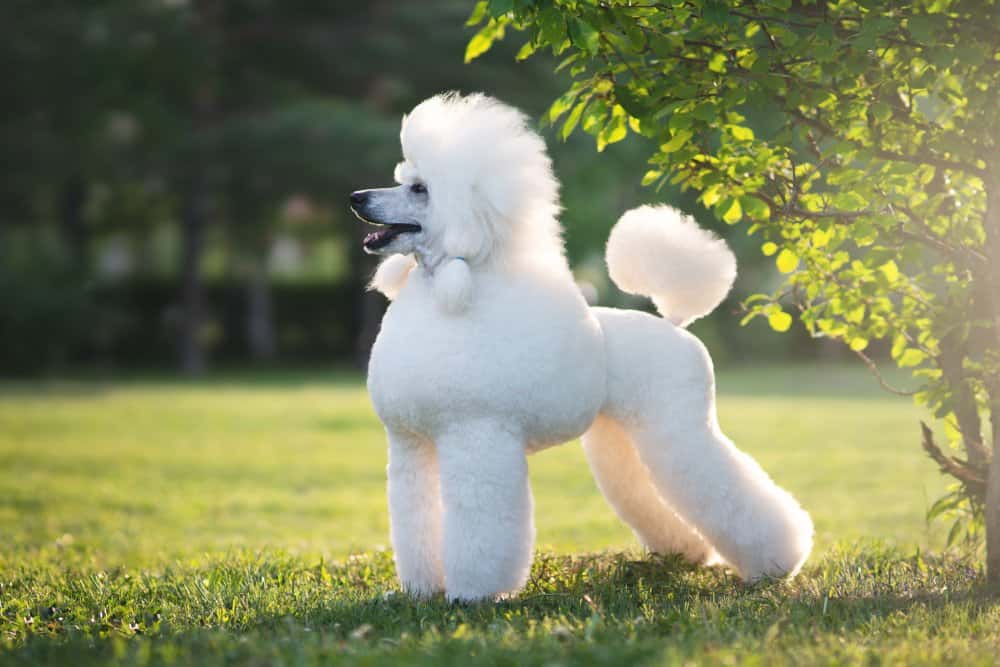Dogs with pointy ears are a popular choice for many people looking for a new furry friend. Pointy ears are a genetic trait that dogs have inherited from their ancestors, and they were useful for picking up sounds from prey and predators to keep them safe.
While dogs with pointy ears come in all different shapes and sizes, many of them are of the “spitz” type, such as German Shepherds and Siberian Huskies. Pointy ears don’t indicate any particular personality traits, and dogs with pointy ears are just as loving and loyal as any other breed.
You are reading: 16 Types Of Dogs With Pointy Ears
In this article, we will take a closer look at 16 of the most popular dog breeds with pointy ears, including their size, personality, and other characteristics.
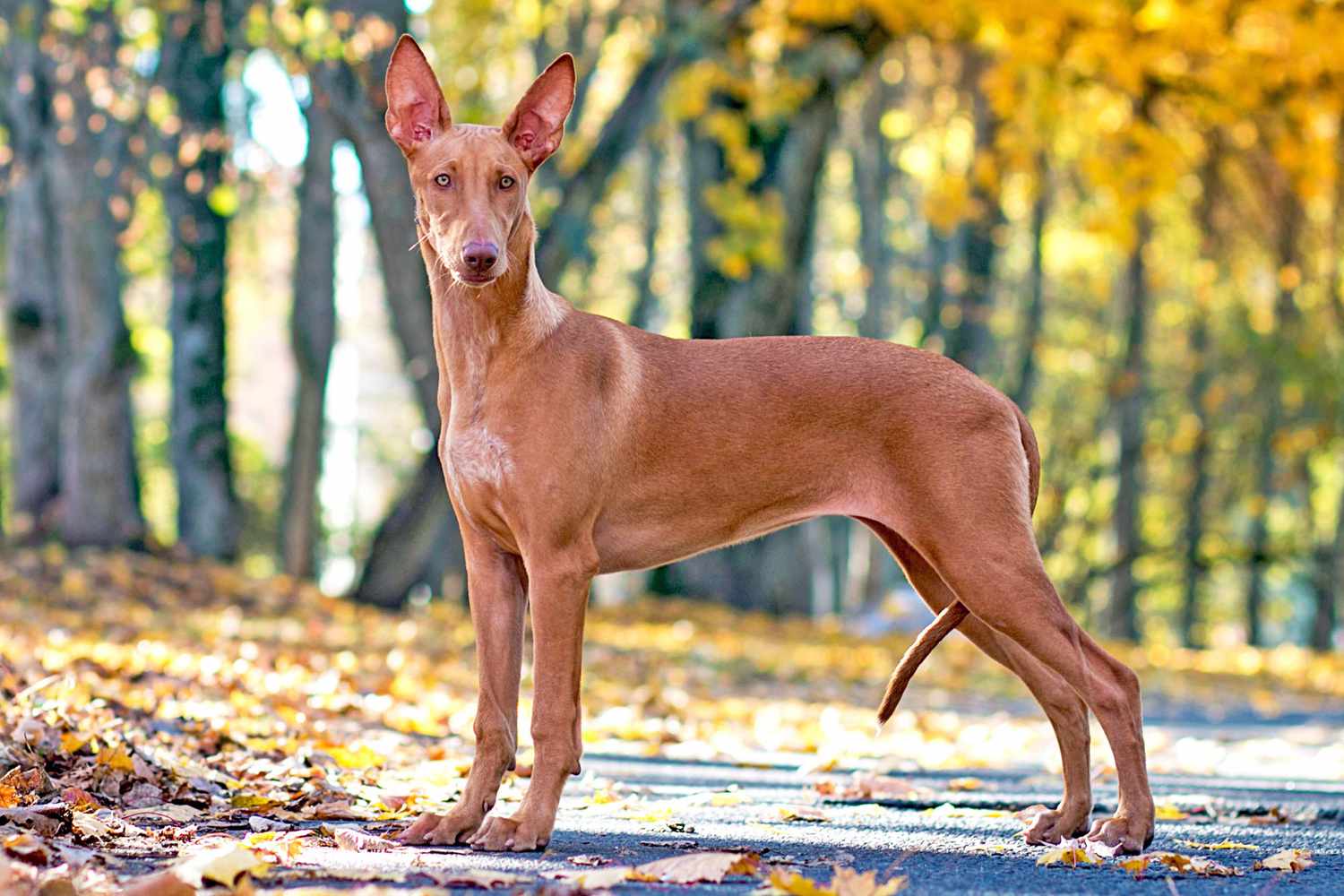
16 Types Of Dogs With Pointy Ears
Alaskan Malamute
The Alaskan Malamute is a large and powerful breed of dog that was originally bred for its strength and endurance to haul heavy freight as a sled dog and as a hound. It is similar to other arctic breeds such as the husky, the spitz, the Greenland Dog, Canadian Eskimo Dog, the Siberian Husky, and the Samoyed.
The Alaskan Malamute is the largest of the Arctic dogs, with a thick, well-built body and a plumed tail that is held over the back. The head is wide with erect ears, and the eyes are of medium size, dark brown, small, and almond in shape, giving the dog an image of a wolf but with a proud, sweet expression.
The breed is known for its loyalty, affection, and playful nature, making it a wonderful companion for those who can provide regular exercise and mental stimulation.
The Alaskan Malamute is the state dog of Alaska and has a significant place in the history of the Arctic, having been bred by the Malimiut Inupiaq people of Alaska’s Norton Sound region.
Australian Cattle Dog
The Australian Cattle Dog, also known as the Blue Heeler or the Red Heeler, is a medium-sized, intelligent, and energetic breed that was developed in Australia for droving cattle over long distances across rough terrain. The breed is known for its herding abilities and is still used today as a herding dog.
The Australian Cattle Dog is a sturdy and compact breed with a strong head and slightly curved, broad skull that heralds its dingo ancestry. The breed has upright ears and a short, dense double coat that can be blue or blue-mottled with or without other markings, or red speckled with darker red markings on the head.
The Australian Cattle Dog is an extremely alert and intelligent dog that is loyal to its owners but wary of strangers. The breed is very energetic and not suited for apartment living, and it tends to become destructive when bored.
The Australian Cattle Dog is a great choice for those who have plenty of room to run and can keep up with such an active pup.
Basenji
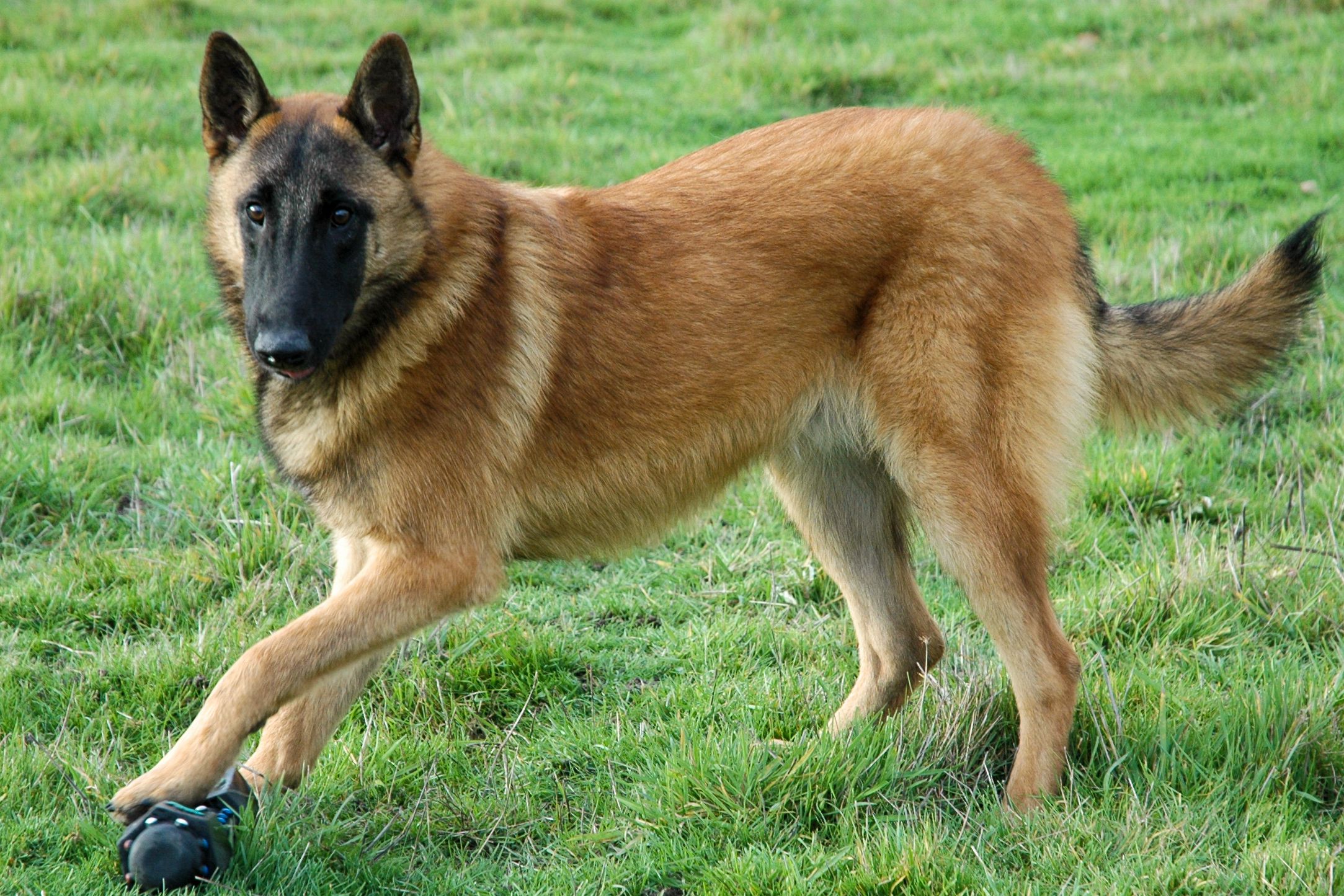
The Basenji is a breed of hunting dog that originated in central Africa. It is a small to medium-sized dog that stands between 16 and 24 inches tall at the shoulder and weighs between 22 and 24 pounds.
The Basenji has a short, smooth, and shiny coat that comes in different color combinations such as red, black, brindle, or fawn. The breed has a long, narrow head with a pointed muzzle and erect ears.
Basenjis are known for making unique barkless vocalizations, including a high-pitched, somewhat musical sound called a yodel. They are intelligent, alert, and highly independent dogs that are known for their strong prey drive.
Basenjis are active dogs that require a lot of exercise and mental stimulation. They are generally independent dogs that can be wary of strangers and are fastidious about cleanliness.
Basenjis are a unique and beguiling breed that make lovely companions for those who can keep up with their high energy levels.
Belgian Malinois

The Belgian Malinois is a breed of herding and working dog that originated in the Malines area of Belgium in the 1800s. It is a medium-sized dog that is well-muscled and almost square in proportions, standing about 22 to 26 inches tall at the withers and weighing from 40 to 80 pounds.
Read more : How Much Sperms Does a Dog Produce?
The breed has a thick coat that ranges in color from yellowish-brown to mahogany with black-tipped hairs, and it typically has a black mask and ears.
Belgian Malinois are valued by police departments and militaries for their strength, stamina, dexterity, loyalty, and eagerness to please. They are high-energy dogs that thrive on physical activity and require regular exercise to keep them mentally and physically stimulated.
Despite their high energy levels, Belgian Malinois can adapt well to different living environments, including apartment living, as long as they receive sufficient exercise and stimulation.
However, it’s important to note that these dogs thrive when they have a job to do, and they are not suitable for households with small, erratic children.
Bull Terrier
The Bull Terrier is a breed of dog in the terrier family that originated in England in the 19th century. There is also a miniature version of this breed, which is officially known as the Miniature Bull Terrier.
The Bull Terrier is a muscular dog with a short, strong back and a long, strong, oval-shaped head that is almost flat at the top and slopes evenly down to the nose with no stop. The breed’s most recognizable feature is its egg-shaped head, which is small in proportion to its body.
The Bull Terrier’s eyes are small, almond-shaped, and deep-set, and its ears are small, thin, and close together. Bull Terriers are either white, red, fawn, black, brindle, or a combination of these colors.
The breed is known for its loyalty, affection, and playfulness with family members, including children. However, Bull Terriers can be independent and stubborn, and obedience training is a must.
Bull Terriers are strong and some have aggressive tendencies, so they require regular exercise and socialization to prevent behavioral issues.
Chihuahua
The Chihuahua is a small breed of dog that originated in Mexico and is named after the Mexican state of Chihuahua. Here are some key facts and characteristics of the Chihuahua breed:
– Chihuahuas are the smallest breed of dog in the world, weighing no more than 6 pounds and standing between 5 and 8 inches tall at the shoulder.
– They have a distinctive look, with a small body, pointed ears, and big expressive eyes.
– Chihuahuas come in a variety of coat types and colors, including smooth, long, and wire-haired coats, and colors such as black, white, fawn, and brindle.
– Chihuahuas are known for their big personalities, being feisty, independent, and loyal to their owners.
– They are good with children, but may be too small and fragile for rough play.
– Chihuahuas require a minimum of grooming and exercise, making them excellent apartment dogs.
– They are fully capable of competing in dog sports such as agility and obedience.
Overall, Chihuahuas are spirited and adorable companions that make great pets for those who can provide them with love, attention, and care.
Corgi
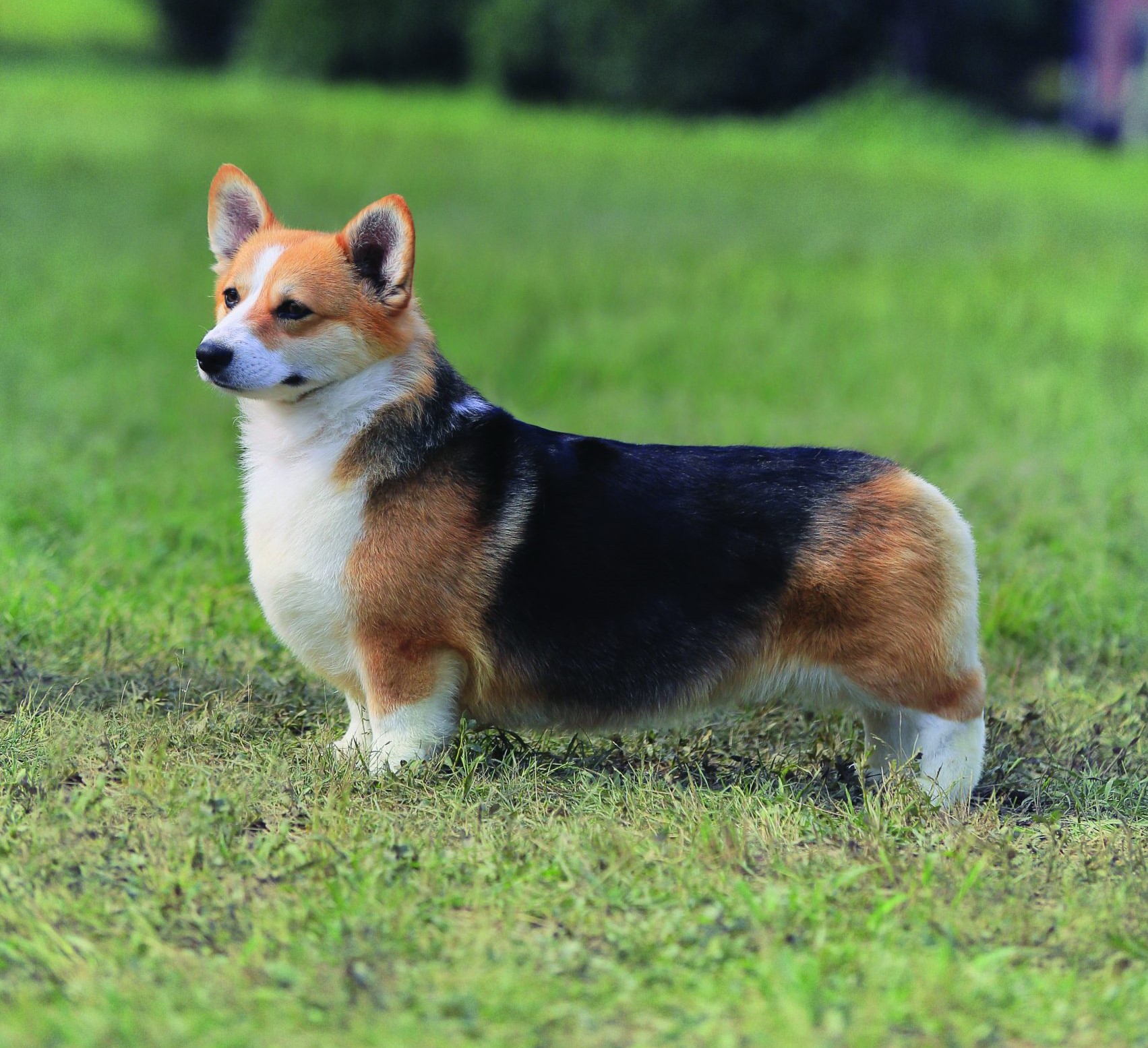
The Corgi is a small breed of dog that originated in Wales. There are two types of Corgis: the Pembroke Welsh Corgi and the Cardigan Welsh Corgi. Here are some key facts and characteristics of the Pembroke Welsh Corgi breed:
– Pembroke Welsh Corgis are small, sturdy dogs with a long body and short legs.
– They were originally bred to herd cattle and sheep.
– Pembroke Welsh Corgis are known for their friendly and playful personality, and they make great family pets.
– They are intelligent dogs and are relatively easy to train.
– Pembroke Welsh Corgis are very active and require plenty of exercise.
– They are known for their herding instincts, and they may try to herd people or other animals.
– Pembroke Welsh Corgis are famous as the preferred breed of Queen Elizabeth II, who owned more than 30 Royal corgis during her reign.
– Pembroke Welsh Corgis are immediately identifiable by their short legs, long body, and upright ears.
Overall, Pembroke Welsh Corgis are spirited and affectionate companions that make great pets for those who can provide them with love, attention, and care.
German Shepherd
The German Shepherd is a breed of dog that originated in Germany in the late 19th century. Here are some key facts and characteristics of the German Shepherd breed:
Appearance:
– German Shepherds are medium to large-sized dogs with a muscular build and a distinctive, noble appearance.
– They have a double coat that can be black, sable, or black and tan in color.
– German Shepherds have a long, wedge-shaped head with erect ears and a pointed muzzle.
Temperament:
– German Shepherds are intelligent, loyal, and courageous dogs that are known for their versatility and trainability.
– They are often used as working dogs in roles such as police dogs, search and rescue dogs, and guide dogs for the blind.
– German Shepherds are also popular family pets, but they require a lot of exercise and training.
– They are protective of their families and can be wary of strangers, but they are not typically aggressive.
Health:
– German Shepherds are generally healthy dogs, but they can be prone to certain health issues such as hip dysplasia, elbow dysplasia, and bloat.
– Regular exercise, a healthy diet, and routine veterinary care can help keep German Shepherds healthy and happy.
Overall, German Shepherds are intelligent, loyal, and versatile dogs that make great companions for those who can provide them with the exercise, training, and attention they need.
Pomeranian
The Pomeranian is a small breed of dog that originated in the Pomerania region of Europe. Here are some key facts and characteristics of the Pomeranian breed:
Appearance:
– Pomeranians are small dogs that typically weigh between 3 and 7 pounds and stand about 6 to 7 inches tall at the withers.
– They have a thick, fluffy double coat that comes in a variety of colors, including red, orange, cream, sable, black, brown, and blue.
– Pomeranians have a fox-like head with small, erect ears and a plumed tail that curls over their back.
Temperament:
– Pomeranians are highly energetic, intelligent, and curious dogs that make great companion pets.
– They are often described as lively, bold, and affectionate, but can also be bossy and barky.
– Pomeranians require regular grooming to maintain their luxurious coat, and they can be prone to certain health issues such as luxating patella and tracheal collapse.
Overall, Pomeranians are spirited and adorable companions that make great pets for those who can provide them with love, attention, and care.
Samoyed
The Samoyed is a breed of medium-sized herding dogs that originated in Siberia and takes its name from the Samoyedic peoples of Siberia. Here are some key facts and characteristics of the Samoyed breed:
Appearance:
– Samoyeds have a thick, white, double-layer coat that is naturally dirt-repellent.
– They are a spitz-type dog with a fox-like head, erect ears, and a plumed tail that curls over their back.
– Samoyeds are medium-sized dogs that stand anywhere from 19 to a bit over 23 inches at the shoulder and weigh between 35 to 65 pounds.
Temperament:
– Samoyeds are friendly, gentle, and playful dogs that make great family pets.
– They are intelligent, independent, and have a strong prey drive.
– Samoyeds require regular grooming to maintain their luxurious coat, and they can be prone to certain health issues such as hip dysplasia and tracheal collapse.
Overall, Samoyeds are spirited and affectionate companions that make great pets for those who can provide them with love, attention, and care.
They are known for their friendly and agreeable disposition and have been used in expeditions in both Arctic and Antarctic regions.
Shiba Inu
Read more : Why Is My Dog Wobbly All Of A Sudden?
Shiba Inus are a breed of dog that are known for their fox-like appearance and distinctive triangular ears. Here’s what we know about Shiba Inu ears from the search results:
– Shiba Inus are born with floppy triangular ears, but between the ages of 6 and 10 weeks their ears begin to stand up.
– Shiba Inu ears can serve as a guide for picking up on fear and anxiety in dogs.
– Although Shiba Inus can all look different, purebred Shiba Inu ears will normally have a distinct appearance as their floppy puppy ears begin to stand up.
– Shiba Inu ears can be prone to infections, so it’s important to regularly check and clean them.
Overall, Shiba Inu ears are a distinctive feature of the breed and can be a helpful indicator of their mood and health.
Siberian Husky
The Siberian Husky is a medium-sized breed of dog that originated in Siberia. Here are some key facts and characteristics of the Siberian Husky breed:
Appearance:
– Siberian Huskies have a thick, double-layer coat that can be black, gray, white, or a combination of these colors.
– They have a fox-like head with erect ears and a plumed tail that curls over their back.
– Siberian Huskies are athletic dogs that typically weigh between 35 to 60 pounds and stand between 20 to 24 inches tall at the shoulder.
Temperament:
– Siberian Huskies are friendly, outgoing, and playful dogs that make great family pets.
– They are intelligent, independent, and can have a mischievous streak.
– Siberian Huskies require regular exercise and mental stimulation to prevent boredom and destructive behavior.
– They are pack animals and thrive on social interaction with humans and other dogs.
Health:
– Siberian Huskies are generally healthy dogs, but they can be prone to certain health issues such as hip dysplasia, eye problems, and skin allergies.
– Regular exercise, a healthy diet, and routine veterinary care can help keep Siberian Huskies healthy and happy.
Overall, Siberian Huskies are friendly and energetic companions that make great pets for those who can provide them with love, attention, and care. They are known for their striking appearance and their ability to thrive in cold weather.
American Eskimo Dog
The American Eskimo Dog is a breed of dog that is known for its fluffy white coat and perky ears. Here’s what we know about American Eskimo Dog ears from the search results:
– American Eskimo Dogs have short, upturned ears that are perky and alert.
– As with all breeds, an American Eskimo Dog’s ears should be checked weekly to remove debris and avoid a buildup of wax, and the dog’s teeth should be brushed regularly.
– American Eskimo Dogs are known for their alert personality, and their perky ears are a key part of their expressive appearance.
Overall, American Eskimo Dogs are lively and intelligent companions that make great pets for those who can provide them with love, attention, and care. They are known for their striking appearance and their friendly, outgoing personality.
Akita
The Akita is a large and powerful breed of dog that originated in Japan. Here are some key facts and characteristics of the Akita breed:
Appearance:
– Akitas are a large breed of dog that typically weigh between 70 to 130 pounds and stand between 24 to 28 inches tall at the shoulder.
– They have a thick, double coat that can be white, brown, or brindle in color.
– Akitas have a broad head with small, triangular ears and a curled tail.
Temperament:
– Akitas are known for their loyalty, courage, and independence.
– They are typically aloof with strangers but affectionate and deeply loyal with their family.
– Akitas require early socialization and training to prevent behavioral issues.
– They were originally bred for hunting large game, such as bears and boars, and were also used as guard dogs.
Health:
– Akitas are generally hardy dogs, but they can be prone to certain health issues such as hip dysplasia, eye problems, and skin allergies.
– Regular exercise, a healthy diet, and routine veterinary care can help keep Akitas healthy and happy.
Overall, Akitas are powerful and loyal companions that make great pets for those who can provide them with love, attention, and care. They are known for their striking appearance and their courage and independence.
When considering an Akita, it’s important to prioritize adopting from rescue organizations or shelters to provide a loving home to a dog in need, or to choose a reputable breeder that prioritizes the health and well-being of their dogs.
Alaskan Klee Kai
The Alaskan Klee Kai is a breed of dog that is known for its small size and striking appearance. Here’s what we know about Alaskan Klee Kai ears from the search results:
– According to the United Kennel Club breed standards, Alaskan Klee Kai ears are “prick, strongly erect and pointed upward, well-furred, triangular in shape, and slightly large in proportion to the size of the head”.
– Alaskan Klee Kai ears are typically upturned and alert, and they are an important part of the breed’s expressive appearance.
– As with all breeds, it’s important to regularly check and clean an Alaskan Klee Kai’s ears to avoid a buildup of wax or debris.
Overall, Alaskan Klee Kai are active and intelligent companions that make great pets for those who can provide them with love, attention, and care. They are known for their striking appearance and their loyalty to their families. When considering an Alaskan Klee Kai, it’s important to prioritize adopting from rescue organizations or shelters to provide a loving home to a dog in need, or to choose a reputable breeder that prioritizes the health and well-being of their dogs.
Blue Heeler
The Blue Heeler, also known as the Australian Cattle Dog, is a breed of herding dog that was developed in Australia for droving cattle over long distances across rough terrain. Here are some key facts and characteristics of the Blue Heeler breed:
Appearance:
– Blue Heelers are medium-sized dogs that typically weigh between 35 to 50 pounds and stand between 17 to 20 inches tall at the shoulder.
– They have a dense double coat that is blue-gray with speckles.
– Blue Heelers have a broad, somewhat rounded head with pointy ears and a curved, hanging tail.
Temperament:
– Blue Heelers are known for their hard-working, intelligent, and loyal personality.
– They were originally bred to work on farms as herders, and they still thrive when they have a job to do.
– Blue Heelers are fiercely loyal to their owners and can be protective of them and their possessions.
– They require a lot of mental and physical activity to stay happy and healthy, and to prevent bored, destructive behavior.
Health:
– Blue Heelers are generally healthy dogs, but they can be prone to certain health issues such as hip dysplasia, eye problems, and skin allergies.
– Regular exercise, a healthy diet, and routine veterinary care can help keep Blue Heelers healthy and happy.
Overall, Blue Heelers are intelligent and active companions that make great pets for those who can provide them with love, attention, and care. They are known for their striking appearance and their loyalty to their families.
When considering a Blue Heeler, it’s important to prioritize adopting from rescue organizations or shelters to provide a loving home to a dog in need, or to choose a reputable breeder that prioritizes the health and well-being of their dogs.
FAQS
1. What are some of the most popular dog breeds with pointy ears?
Some of the most popular dog breeds with pointy ears include the German Shepherd, Siberian Husky, Australian Cattle Dog, and Chihuahua.
2. Why do some dogs have pointy ears?
Dogs with pointy ears received this genetic trait through generations of ancestors. Their at-attention ears were useful in picking up sounds from prey and predators and keeping them safe.
3. Do all dogs with pointy ears have the same personality traits?
No, pointy ears don’t indicate any particular personality traits. Dogs with pointy ears come in all different shapes and sizes, and their personalities can vary widely.
4. Are dogs with pointy ears more aggressive or alert?
There isn’t any connection between pointy ears and personality traits. Many people may think pointy-eared dogs have a higher aggression level or are more alert, but this is not necessarily true.
5. Do dogs with pointy ears require special care?
Dogs with pointy ears do not require any special care, but it’s important to regularly check and clean their ears to avoid a buildup of wax or debris.
6. Are dogs with pointy ears good family pets?
Yes, many dogs with pointy ears make great family pets. However, it’s important to research the specific breed and their needs before adopting to ensure that they are a good fit for your family and lifestyle.
Source: https://petstutorial.com
Category: DOGS


